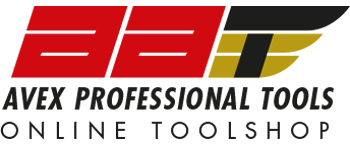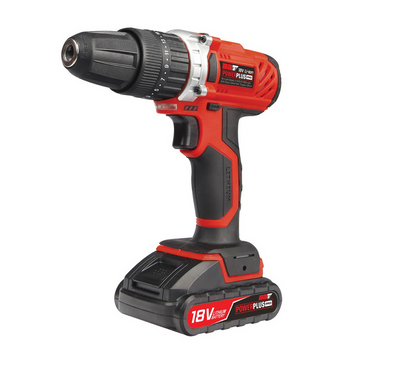Drills and Drivers: Which One Do You Need?
Avex Tool Shop on 31st May 2025
If you’ve ever tackled a DIY project, tried to hang shelves, or assembled furniture, you’ve probably reached for a power tool—only to wonder, “Wait, do I need a drill or a driver for this?”
You’re not alone! The world of power tools can be confusing, especially when it comes to drills and drivers, which look pretty similar but serve different purposes. Don’t worry—we’re here to break it down in a way so you can choose the right tool for your next home project.
What’s the Difference Between a Drill and a Driver?
Drills are your go-to tool for making holes. Whether you’re drilling into wood, metal, plastic, or even masonry (with the right bit), a drill spins a bit fast enough to bore clean, accurate holes. Drills can also be used for driving screws, but it’s not their specialty.
Drivers, on the other hand, are made specifically for driving screws and fasteners. They provide more torque (that’s the turning force) and often use a hammering action to push screws in quickly and securely, especially into tough materials. The most common type is the impact driver, and it’s a real powerhouse when it comes to repetitive screwdriving jobs.
When Should You Use a Drill?
Reach for a drill when your project involves:
- Making holes in wood, drywall, or metal
- Using different drill bit sizes
- Light screwdriving tasks
- Mixing paint or mortar (with an attachment)
- Precision work where you need speed control
Drills are incredibly versatile and a staple in every toolbox. If you’re putting up curtain rods, installing a doorbell, or assembling a bookshelf, a standard cordless drill will likely do the trick.
Bonus tip: Most drills have adjustable speed settings and clutch settings to help you avoid stripping screws or overdriving them into soft wood.
When Should You Use a Driver?
A driver (especially an impact driver) comes in handy when:
- Driving long screws or lag bolts
- Working with dense materials like hardwood or pressure-treated lumber
- Doing repetitive screwdriving (like deck building)
- You need extra torque to get the job done
Drivers are built for power. They’re faster and stronger than drills when it comes to screws—and they’ll save your wrist on bigger projects. If you’re building a fence, mounting heavy fixtures, or putting up drywall, a driver is your best friend.
Just remember drivers typically don’t use traditional drill bits, so they’re not ideal for drilling holes. They use hex-shanked bits, which snap into place quickly and won’t slip.
Can You Have Both?
Absolutely! In fact, many DIYers and professionals carry both a drill and a driver. It’s the best of both worlds. You can drill pilot holes with your drill and then immediately switch to your driver to drive screws—no swapping bits, no hassle.
If you’re just starting out, consider a combo kit that includes both. These kits often come with batteries, a charger, and a few bits to get you going.
Choosing between drills and drivers doesn’t have to be confusing. Just think about the job at hand. Need to make holes? Go with a drill. Driving a bunch of screws? Grab a driver. And if you’re doing both—why not use both tools and make life easier?
Remember, the right power tools don’t just get the job done—they make the process smoother and way more fun. So, whether you're hanging pictures or building a deck, you’ve got the know-how now to pick the perfect tool for the task.
Avex Online Tool Store makes finding the right power tools simple and stress-free. Whether you need a drill, a driver, or a full combo kit, we’ve got you covered with top-quality brands and expert advice. Our user-friendly website makes it easy to compare options, read reviews, and get the tools you need delivered straight to your door. At Avex, we’re all about helping you tackle your DIY projects with confidence, convenience, and the right tools for the job.


